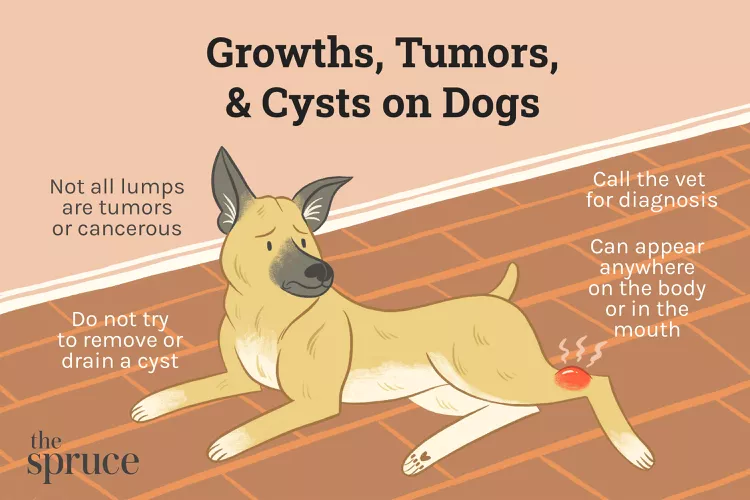
Did you find sudden lumps under your dog's skin? It's common to find lumps and bumps on all types of dogs. Growths, tumors, cysts, and masses can appear on dogs at any age, but they are among the most common health issues seen in older dogs.
As a dog owner, it's helpful to understand the different types of growths you may encounter. Any persistent, unusual mass or growth should prompt an immediate call to your veterinarian.
Most veterinarians will call any unknown lump or bump a growth, mass, or tumor. In general, the terms can be used interchangeably, but most vets avoid the word tumor unless the mass has been determined to be a type of cancer.
Abnormal growths can occur anywhere on the body or in the mouth. Warning signs include:
A lipoma is a fatty tumor just below the skin. It is a benign (non-cancerous) lump made up of fatty tissue.
There are many kinds of growths that can develop in your dog's mouth. Some growths cannot be easily seen but will cause signs like bad breath, trouble chewing, difficulty holding things in the mouth, oral pain, and pawing at the face or mouth. Of course, these signs could also indicate dental disease and should not be ignored.
Some oral tumors can affect the teeth and bones in the mouth and face. If your dog has an oral mass, your vet will likely recommend putting your dog under anesthesia so a thorough examination and radiographs can be done.
Lymphoma is not actually a tumor; it is a cancer of certain cells within the immune system. However, the first sign of canine lymphoma is often an enlargement of the lymph nodes, which can look and feel like tumors.
Pet owners most often notice lumps in the neck area, but they may also be found in the axillary area (armpits), the inguinal area (lower abdomen near thighs), and the back of the knees. Lymphoma is often diagnosed with a fine needle aspiration or biopsy. Chemotherapy is the most common treatment for lymphoma.
If you notice that your dog is walking with a gait, favoring a leg, or is behaving otherwise lame, it could be a swollen growth affecting a bone that you can't feel. Regardless of whether it's a tumor, growth, or cyst, the area is likely tender and your dog is in pain, which requires a visit to the vet for diagnosis.
As with humans, it's tough to pinpoint the direct cause of a tumor, growth, or cyst in an animal. However, the environment or an illness is thought to possibly cause skin problems in dogs. Genetics can also play a major role in the development of other types of tumors, growths, and cysts.
When a lump has been discovered, your veterinarian will perform a physical examination. If the lump is very new and potentially temporary (like the result of a bug bite or an injection), the veterinarian may recommend a period of observation, but in most cases, they will perform additional diagnostics to determine the type of cells that comprise the mass. This usually means collecting a sample of the material from the mass and analyzing it under a microscope.
A veterinarian typically collects these samples via fine needle aspirate or biopsy. Evaluation of the samples (often performed by a pathologist) can indicate whether the mass is cancerous, and if so, what type of cancer is present.
If your veterinarian diagnoses your dog with cancer, additional diagnostics will most likely be recommended, including:
Some advanced diagnostics and treatments must be performed by a veterinary specialist.
If a fine needle aspirate is not effective (or if your vet thinks it's not the best option) the next recommendation is usually a biopsy. A biopsy is often performed with the dog under general anesthesia or sedation, but local anesthesia may be used instead depending on the size and location of the mass.
The biopsy may be performed by using a special large needle. Or, the vet may cut into the mass surgically. In some cases, the entire mass is removed surgically and sent to a laboratory for identification.
If you and your veterinarian can be proactive with the treatment of your dog's tumor, growth, or cyst, the prognosis is often good. The smaller the tumor, growth, or cyst, the easier it will be to aspirate or remove, and often results in no additional treatments.
Many lumps, bumps, and growths cannot be prevented, but some can. For example, spaying your dog before her first heat cycle virtually eliminates the chances that she will develop mammary tumors.
In all cases, maintain a healthy diet and an active lifestyle for your dog and see your veterinarian at least annually for preventative care. Adhere to a regular grooming schedule and take note of any lumps or bumps that are new. A photo and a written record can help track growth and if you see rapid change, speak to a vet right away.

212 Hairless Cat Names For Your Beautifully Bald Feline
Discover the perfect name for your hairless cat with our list of over 200 creative and unique names. From quirky to classic, find a fitting choice for your beautifully bald feline companion.
8 Things Your Cat Loves
Just like humans, cats can have a long list of things they like. Find out what cats love so you can keep your cat happy and healthy.
How to Tell If a Kitten is a Boy or a Girl
If you're wondering whether your new kitten is a boy or a girl, here are three ways to help determine the sex of your cat.
8 Tips to Help Cats Enjoy Car Travel
Cats are creatures of habit, and they hate to travel. Learn tips to prepare them for travel in the car, whether going to the vet or on vacation.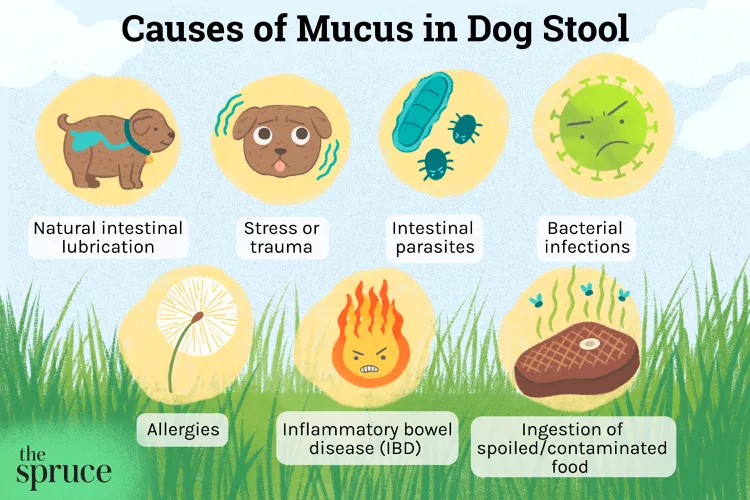
Common Causes of Mucus in Dog Poop
Seeing mucus in your dog's poop can be concerning to a dog owner. Here are common causes and treatment of mucus in a dog's stool.
Is Shrimp Bad For Dogs?
Shrimp can be a healthy, nutritional food for people but can dogs eat them, too? What are the main concerns with feeding shrimp to your dog?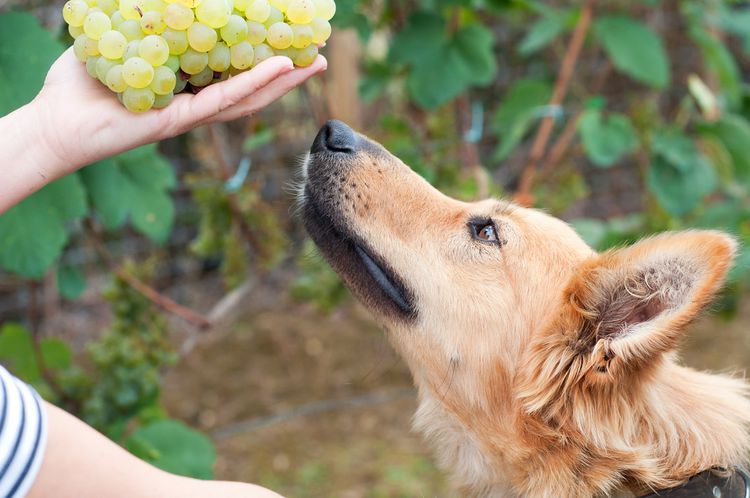
Can Dogs Eat Grapes?
Are grapes safe for dogs? Grapes and raisins can cause serious toxicity in dogs. Find out what to do if your dog eats grapes.
Maine Coon Cat: Breed Profile, Characteristics & Care
The Maine Coon cat is of the largest cat breeds in the world. These amiable, gentle cats make great companions. Learn about the Maine Coon cat breed's appearance, temperament, health, and care needs.
Selkirk Rex: Cat Breed Profile, Characteristics & Care
The Selkirk Rex is a charming cat with a tousled coat and a loving, laid-back personality. Learn about the Selkirk Rex breed.
How to Stop Your Cat From Chewing Electrical Cords
Cats are known to pounce and attack inanimate objects, like electrical cords. Learn how to prevent your cat from ambushing objects that may harm it.
What Do Cats Think About?
Have you ever wondered what cats think about? A number of studies have explored cat behavior and feline cognition, but there's still more to learn.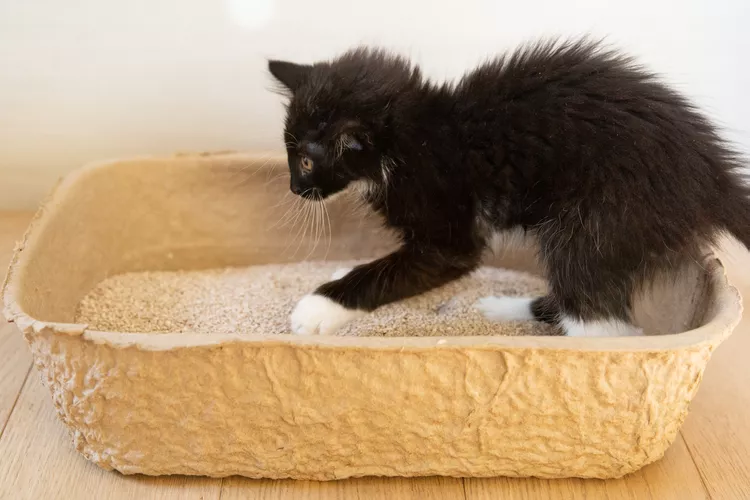
Training Your Kitten to Use the Litter Box
Bringing home a new kitten means they need to learn how to properly use a litter box. Discover how to successfully litter box train your kitten.
Why Do Cats Knead?
Kneading is a common behavior in cats of all ages. Learn why cats "make biscuits" and what it means for you, your cat, and all your blankets.
Dandie Dinmont Terrier: Dog Breed Characteristics & Care
Learn about the Dandie Dinmont Terrier, a silky dog breed with a signature puff of hair atop its head and a friendly, companionable personality.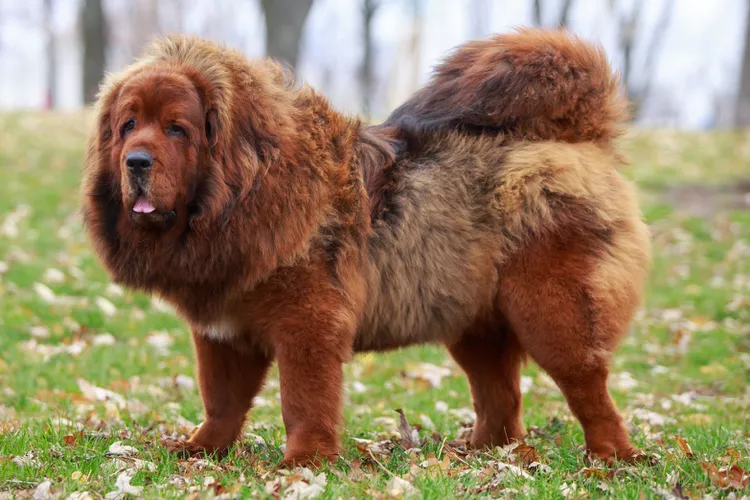
Tibetan Mastiff: Dog Breed Characteristics & Care
Learn about the Tibetan mastiff, an ancient guardian dog breed. This breed is known for their massive stature, flowing mane, and protective personality.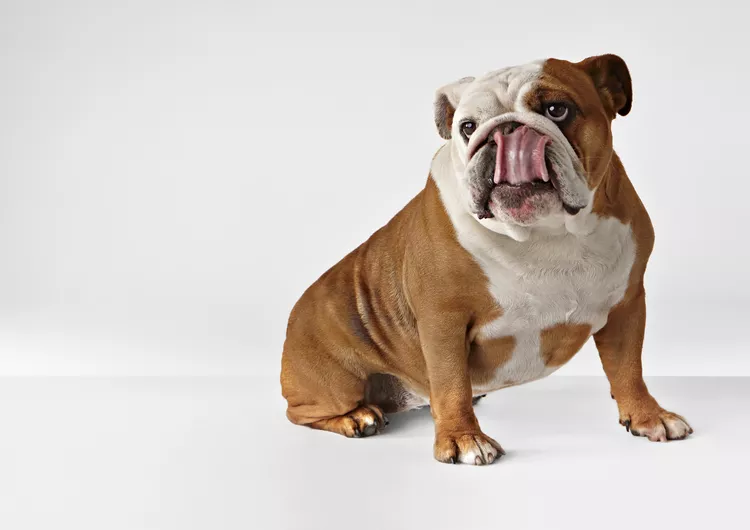
4 Reasons Why Your Dog Licks Their Butt
Butt-licking in dogs can be a part of normal grooming, but excessive butt-licking is not normal. Read about the most common reasons for this behavior.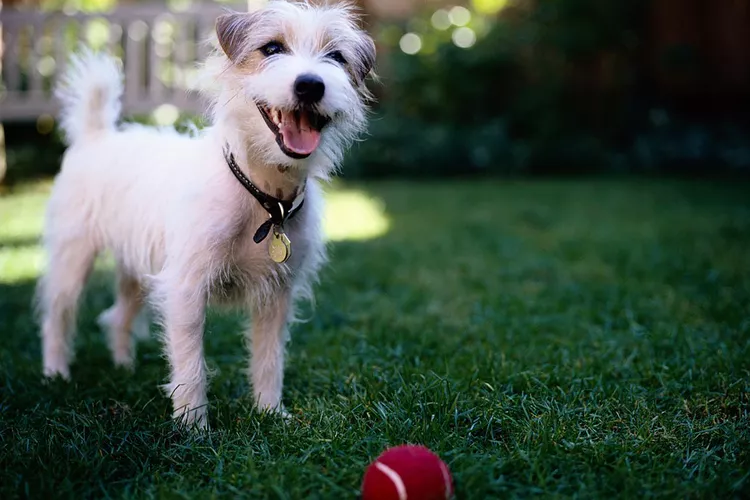
How to Teach Your Dog the "Leave It" Command
Training your dog the "leave it" command is a great way to instill self-control. Learn how to teach your dog to not pick things up from the ground.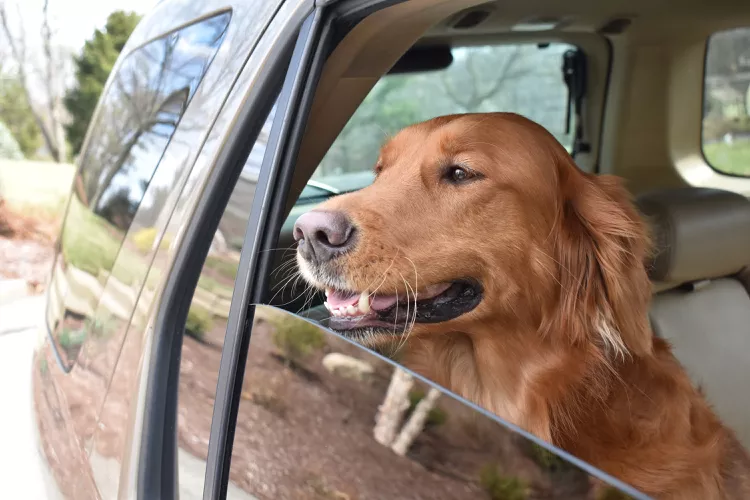
How to Solve Your Dog's Fear of Car Rides
Is your dog scared of car rides? This fear of riding in cars is common. Learn why your dog is scared of car rides and how to help conquer this fear.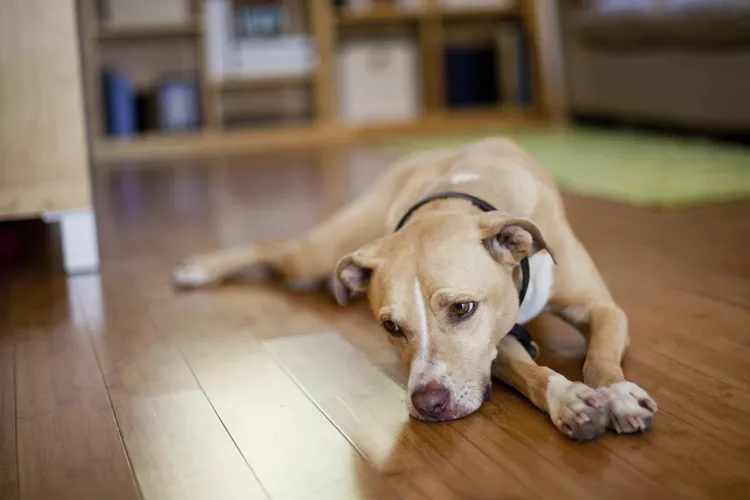
Can Dogs Get Depression? How to Help Your Sad Dog
Can dogs get depression? Learn about the signs of depression in dogs and find out how to help your sad dog.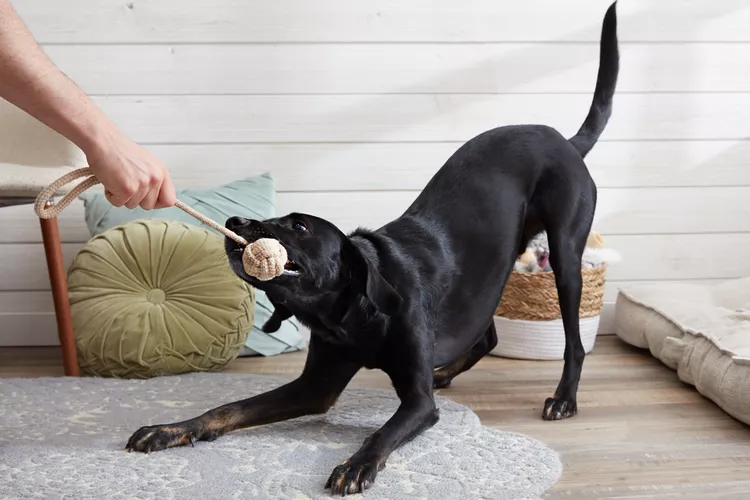
How to Play Tug of War With Your Dog
Many dogs love to play tug of war, and it's a healthy game that provides great exercise. Learn the best way to safely play tug of war with your dog.